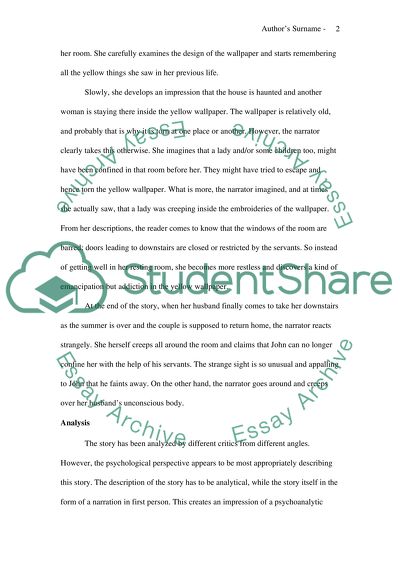Cite this document
(“Summary of The Yellow Wallpaper Essay Example | Topics and Well Written Essays - 1250 words”, n.d.)
Retrieved de https://studentshare.org/literature/1458642-summary-of-the-yellow-wallpaper
Retrieved de https://studentshare.org/literature/1458642-summary-of-the-yellow-wallpaper
(Summary of The Yellow Wallpaper Essay Example | Topics and Well Written Essays - 1250 Words)
https://studentshare.org/literature/1458642-summary-of-the-yellow-wallpaper.
https://studentshare.org/literature/1458642-summary-of-the-yellow-wallpaper.
“Summary of The Yellow Wallpaper Essay Example | Topics and Well Written Essays - 1250 Words”, n.d. https://studentshare.org/literature/1458642-summary-of-the-yellow-wallpaper.


